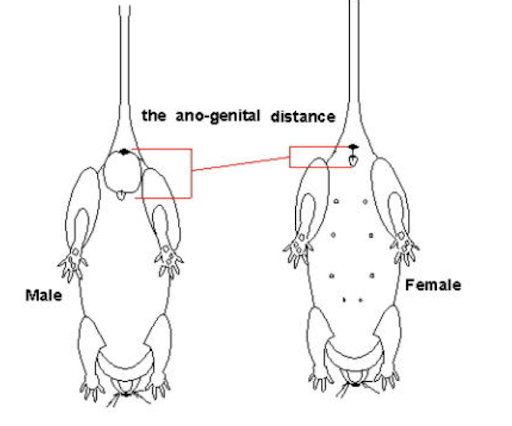How can I tell the difference between the types of rats I catch?
Three species of rats are present in New Zealand and all of them were introduced here.
Ship and Norway rats
The ship rat (Rattus rattus) is the most commonly found rat in New Zealand and is the smaller of the two European rat species. It has a tail that is longer than its body, and ears that cover the eyes when pressed forward.
Ship rats are widespread around New Zealand on the three main islands and on many offshore islands.
The Norway rat (Rattus norvegicus) is different from the ship rat in that the tail, which is about 18 cm long, is thick and shorter than the body, which is about 20 cm long, and its ear doesn't reach the eye when pressed forward.
Norway rats are more typically associated with human activity and found in urban areas but they have also existed on more than 60 offshore islands.
Kiore
Kiore is the Māori name for the Pacific or Polynesian rat (Rattus exulans). An adult kiore is approximately 4 cm shorter than an adult ship rat, but looks very similar and the two species are often confused. The tail of a kiore is shorter than the body.
How can I tell the gender of the rat I just caught?
How do I tell if I caught a mouse or a juvenile rat?
A young rat will have a much larger head in proportion to the rest of its body.
Baby rats are born with short tails and these tails remain smaller than the overall length of their bodies; baby mice are born with long tails and they keep these long tails throughout their lives. Mice tails are at least as long as their bodies, if not often double the length.
It is important to note that rat tails are also much thicker than mice tails, though this may not be evident when a baby rat is firstborn. However, as these rodents age, you will soon be able to tell the difference between them based on their tails alone.


